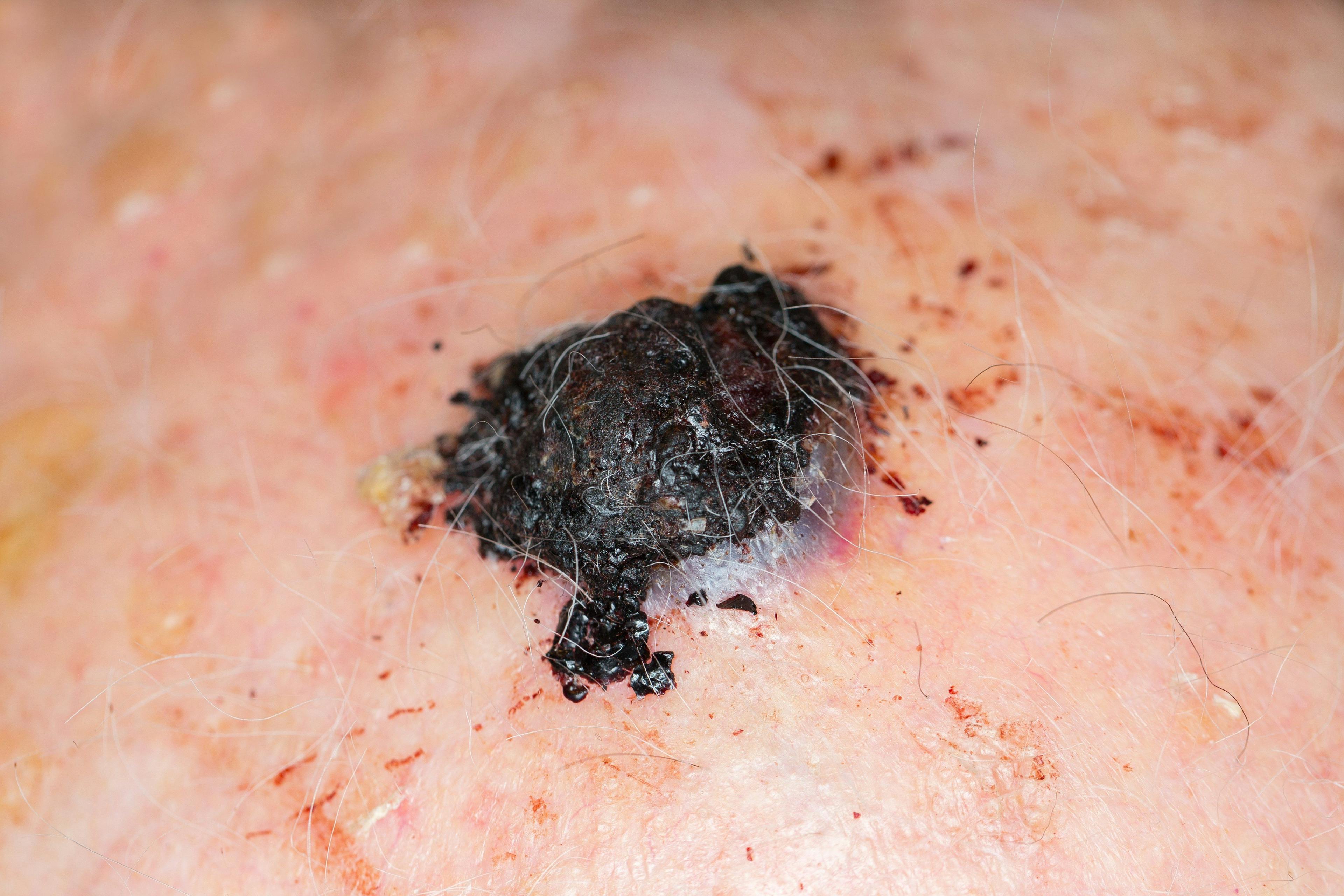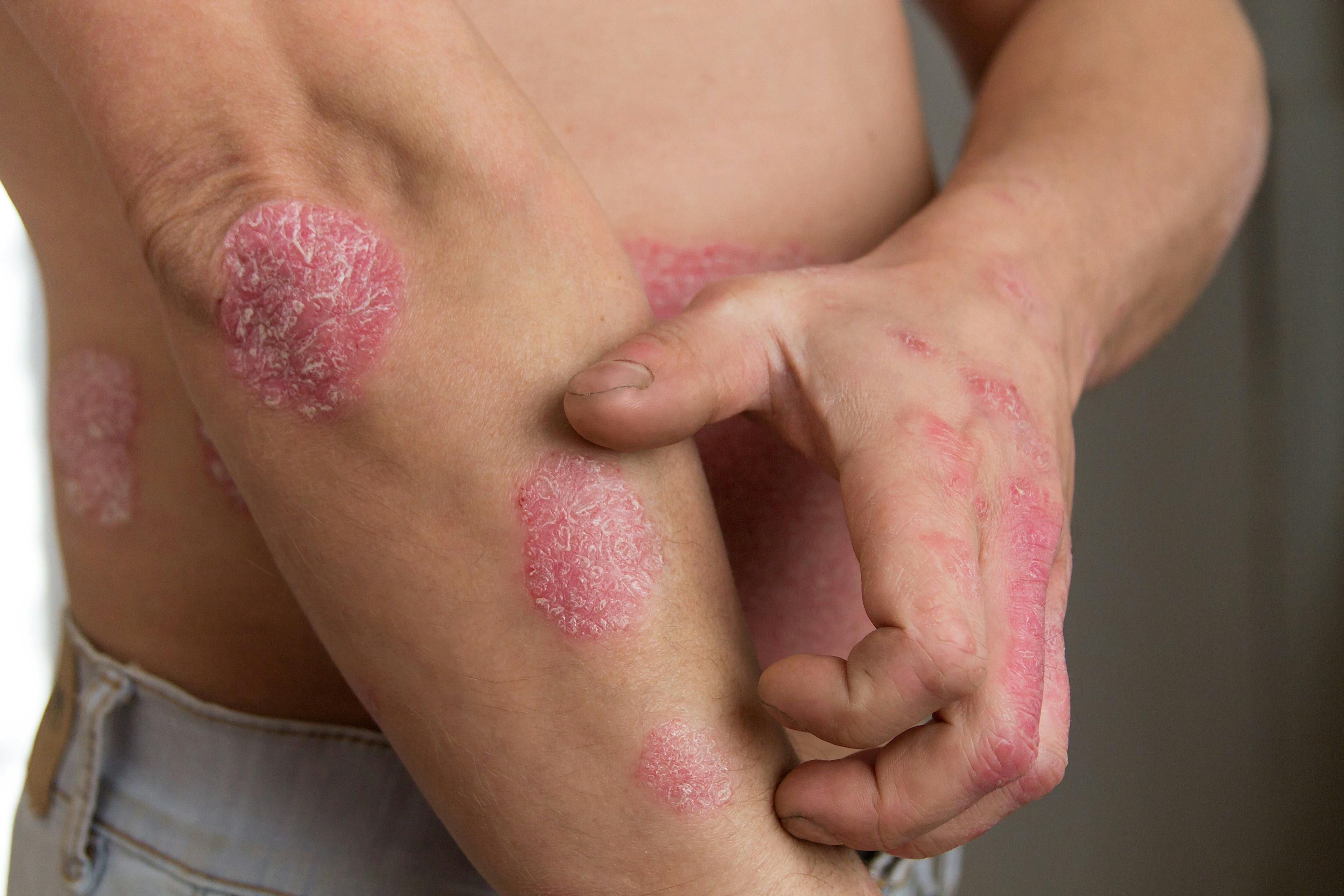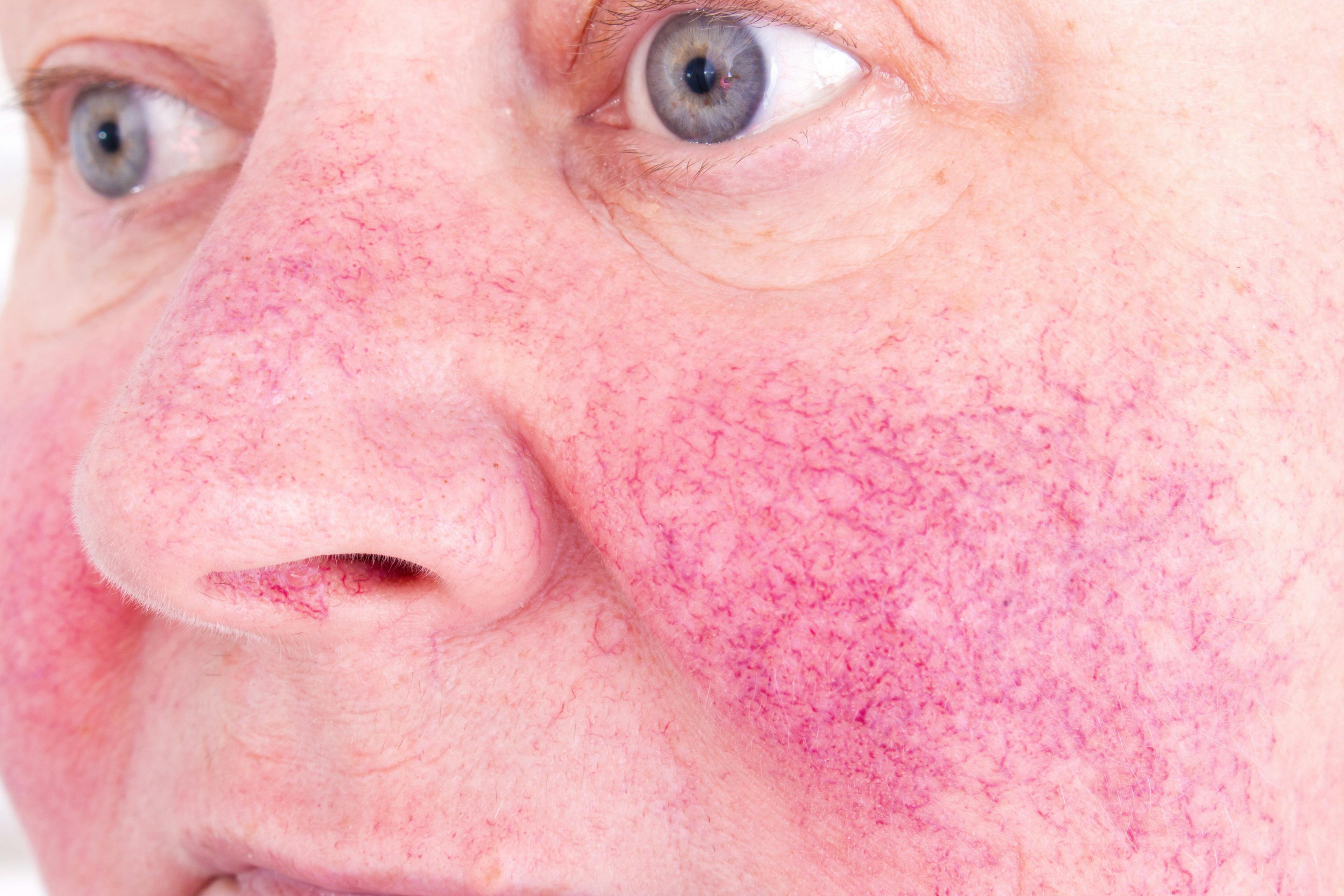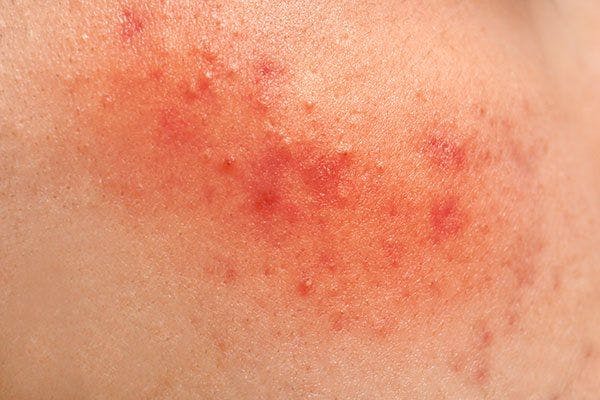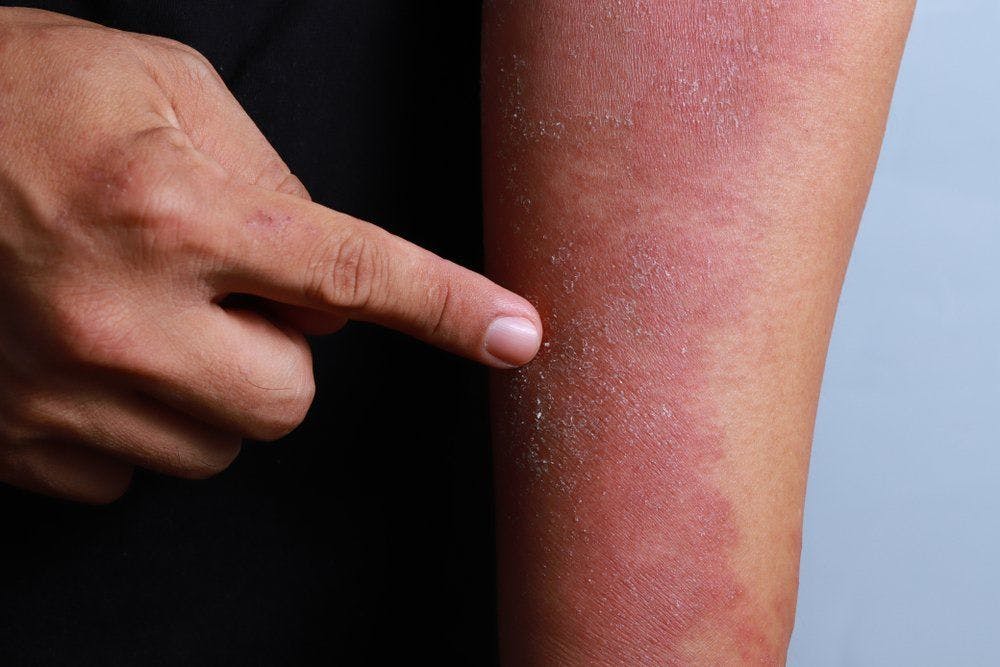- Acne
- Actinic Keratosis
- Aesthetics
- Alopecia
- Atopic Dermatitis
- Buy-and-Bill
- COVID-19
- Case-Based Roundtable
- Chronic Hand Eczema
- Chronic Spontaneous Urticaria
- Drug Watch
- Eczema
- General Dermatology
- Hidradenitis Suppurativa
- Melasma
- NP and PA
- Pediatric Dermatology
- Pigmentary Disorders
- Practice Management
- Precision Medicine and Biologics
- Prurigo Nodularis
- Psoriasis
- Psoriatic Arthritis
- Rare Disease
- Rosacea
- Skin Cancer
- Vitiligo
- Wound Care
Publication
Article
Dermatology Times
Combining psoriasis topicals yields unpredictable results
Author(s):
Dermatologists often combine multiple topical agents on their own, and have been doing so for many years. However, extemporaneous compounding of psoriasis topical agents may not necessarily yield what dermatologists anticipate.

Dr. Pariser

Although combination therapy remains a pillar of psoriasis treatment, says an expert who spoke at the South Beach Symposium, improvised topical combinations can yield mixed results.
RELATED: Read this update on topical psoriasis therapies
“Most dermatologists use combination therapy for psoriasis, regardless of whatever treatment they’re giving,” says David M. Pariser, M.D., community faculty member at Eastern Virginia Medical School, Norfolk, Va.
“Even the new biologics, which have extremely high efficacy, still don’t give everybody 100% clearance,” he adds. Therefore, most patients need spot therapy with topical steroids, calcineurin inhibitors or sometimes localized phototherapy.
Guidelines from both the American Academy of Dermatology and the National Psoriasis Foundation support combination therapy for psoriasis. Accordingly, says Dr. Pariser, dermatologists often combine multiple topical agents on their own, and have been doing so for many years. However, he says, extemporaneous compounding of topical agents may not necessarily yield what dermatologists anticipate.
“When you combine something 50-50 with another product,” he explains, “you’re diluting each one in half. So the efficacy may not be what you expect. Also, in extemporaneously compounded combination products, one is not really sure about whether the vehicle that the product is suspended in is the best vehicle for that particular product.”
For drugs with different mechanisms of action, Dr. Pariser says, vehicles often differ significantly, yielding a significant vehicle effect.
READ MORE: Biologic for psoriasis temporarily impacts aortic vascular inflammation
“And we don’t know what that effect is in extemporaneously compounded preparations,” he says.
In a meta-analysis of seven clinical trials of combination topicals for psoriasis, for example, adding a class I or class II steroid to a vitamin D analog increased the likelihood of clearance by 28% and 14%, respectively, versus vitamin D analog monotherapy. But adding a class III corticosteroid produced no additive effect. The overall impact of adding any class corticosteroid was a 20% improvement over vitamin D monotherapy.
Compared to fixed-combination products, says Dr. Pariser, extemporaneously compounded vitamin D-steroid combinations allow treatment regimen flexibility and may reduce corticosteroid usage. Conversely, he says, fixed-combination vitamin D-steroid products can increase adherence because there’s only one product to use, and these products’ safety and efficacy have been tested out to one year. Additionally, combinations such as calcipotriene with either halobetasol or betamethasone have data dating back more than a decade.
For years, adds Dr. Pariser, dermatologists have compounded topical steroids with other agents such as salicylic acid or calcineurin inhibitors, as well as other older agents.
“And when you compound something like that, you don’t really know what the functional concentration of the products is. Nor do you know how well those products are suspended, dissolved or carried in the vehicle and how well they are released in the skin.”
RELATED: IL-23 inhibitors may offer psoriasis patients longer-lasting results
Although many people have used these kinds of compounded products, many of which work fairly well, it’s important to use officially studied compounded products that have been rigorously designed and manufactured, he says.
“Such products have been studied to show that the ingredients in the vehicle in fact are effective, and that the vehicle plus the two active ingredients works better than any of the individual active ingredients,” notes Dr. Pariser. “The only way you can know that is through clinical trials.”
Halobetasol-tazarotene lotion represents a relatively new combination. As with betamethasone-calcipotriene, both ingredients have demonstrated efficacy and earned approvals in psoriasis both separately and together.
“But this new combination product has the advantage of a vehicle that has been tested and proven effective where both of the active ingredients are equally therapeutic in this new vehicle,” he says.
In two eight-week studies, the proportions of patients on the combination product who achieved Investigator Global Assessment success (clear or almost clear with at least a two-grade improvement over baseline) were approximately 45% and 35%, versus 12% or less for vehicle (P<0.001).
READ MORE: Phase 3 results show risankizumab outperforms secukinumab
The trend toward combination products in psoriasis will continue to grow, says Dr. Pariser.
“We’re seeing more of these combination products being tested and marketed. It’s taking advantage of the long-standing practice of dermatologists to do compounding. It’s a natural extension of dermatology that we’ve been doing for a long time.”
Disclosures:
Dr. Pariser is a current or previous investigator and/or consultant for AbbVie, Amgen, Boehringer Ingelheim, Bristol-Myers Squibb, Celgene, Eli Lilly, Janssen, LEO Pharma, Merck, Novartis, Ortho Dermatologics, Pfizer, Promius and Sun Pharma.
References:
David M Pariser MD. “Combination Therapy in Managing Psoriasis Patients.” South Beach Symposium. February 8, 2020.

Newsletter
Like what you’re reading? Subscribe to Dermatology Times for weekly updates on therapies, innovations, and real-world practice tips.


